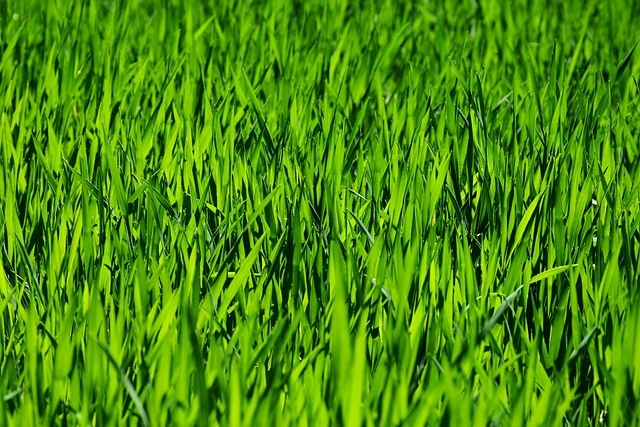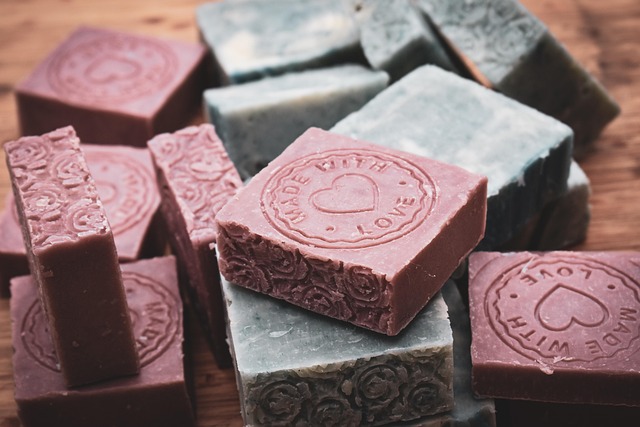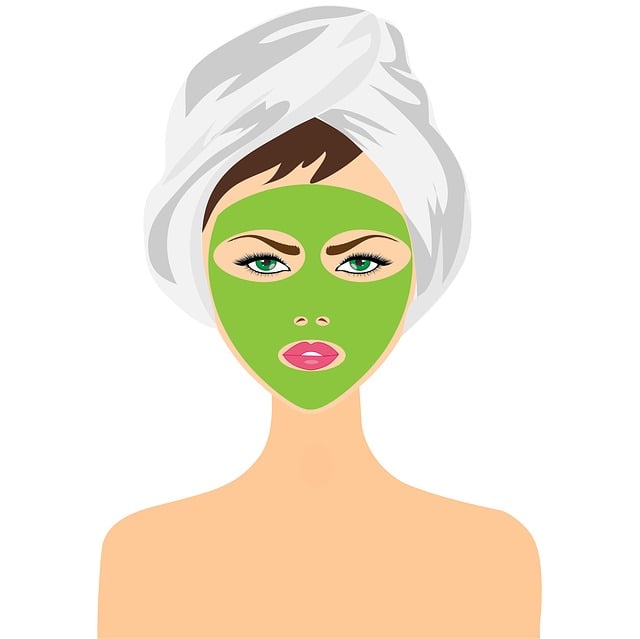Mulching and edging are Lawn Care and Landscaping essentials for healthier, more attractive yards. Mulch conserves moisture, suppresses weeds, enriches soil, and adds aesthetic appeal while edging defines borders, prevents grass intrusion, and reduces pest issues, contributing to a polished, sustainable landscape. Combining these techniques enhances overall lawn care.
Transform your lawn into a picture of perfection with the simple yet powerful practices of mulching and edging. This comprehensive guide explores the benefits and best practices of mulching, from improving soil health to suppressing weeds naturally. We also delve into various edging techniques to achieve clean, crisp lines. Learn how integrating these two strategies can elevate your Lawn Care and Landscaping efforts, fostering a lush, well-maintained outdoor space.
- Understanding Mulching: Benefits and Best Practices
- Edging Techniques for Neat Lawns
- Integrating Mulching and Edging for Optimal Lawn Care and Landscaping
Understanding Mulching: Benefits and Best Practices

Mulching is an essential practice in lawn care and landscaping, offering numerous benefits that contribute to a healthy and visually appealing yard. By applying mulch, a protective layer is formed over the soil, which helps to retain moisture, reducing the need for frequent watering. This is especially beneficial during hot summers and dry periods, as it also prevents weed growth by blocking sunlight from reaching the soil.
Best practices involve using the right type of mulch for your lawn, such as organic options like wood chips or straw, which enrich the soil with nutrients over time. Avoid excessive mulching, as piling it too high against tree trunks can lead to root rot. Instead, maintain a thin layer (around 2-3 inches) around plants and shrubs, and keep it a few inches away from the base of trees to ensure proper air circulation and prevent pest issues.
Edging Techniques for Neat Lawns

Maintaining a neat and well-defined lawn is an essential part of lawn care and landscaping. One effective technique to achieve this is through proper edging, which goes beyond just cutting the grass. It involves carefully trimming along the borders where the lawn meets sidewalks, driveways, and other structures, creating clean lines that enhance the overall appearance.
There are various edging techniques to consider, each offering unique advantages. String trimmers are a popular choice for their versatility and ability to reach tight spaces. They enable precise cuts and can be easily maneuvered around obstacles. For larger properties or where a more formal look is desired, mechanical edgers are ideal. These powered tools provide quicker results and can handle thicker vegetation with ease. Hand-held edging tools, such as edger shears or shovels, are suitable for smaller areas or intricate designs, offering the advantage of manual control for detailed work.
Integrating Mulching and Edging for Optimal Lawn Care and Landscaping

Integrating mulching and edging practices is a game-changer for any lawn care and landscaping routine. Mulch, acting as a protective layer, enriches the soil by slowly decomposing, providing essential nutrients to the grass. It helps retain moisture, reducing the need for frequent watering, and suppresses weeds, leading to healthier lawns. Edging, on the other hand, defines the boundaries between your lawn and pathways or garden beds, creating a polished look. Regular edging prevents grass from encroaching onto these areas, ensuring neatness and minimizing the risk of pests and diseases spreading from nearby plants.
By combining these techniques, you can achieve optimal results in lawn care and landscaping. Edging first creates clean lines, setting the stage for effective mulching. Mulch acts as a natural barrier, reducing the need for chemical edge trimmers, thus minimizing noise pollution and environmental impact. This integrated approach not only enhances the overall aesthetics of your outdoor space but also contributes to sustainable lawn management practices.
Mulching and edging are essential practices in lawn care and landscaping, offering numerous benefits such as weed suppression, moisture retention, and improved soil health. By combining these techniques, you can achieve a neat, well-maintained lawn that enhances your outdoor space. Regular application of mulch and careful edging not only preserves the aesthetic appeal but also contributes to the overall vitality of your lawn, making it a valuable investment in your home’s curb appeal.
